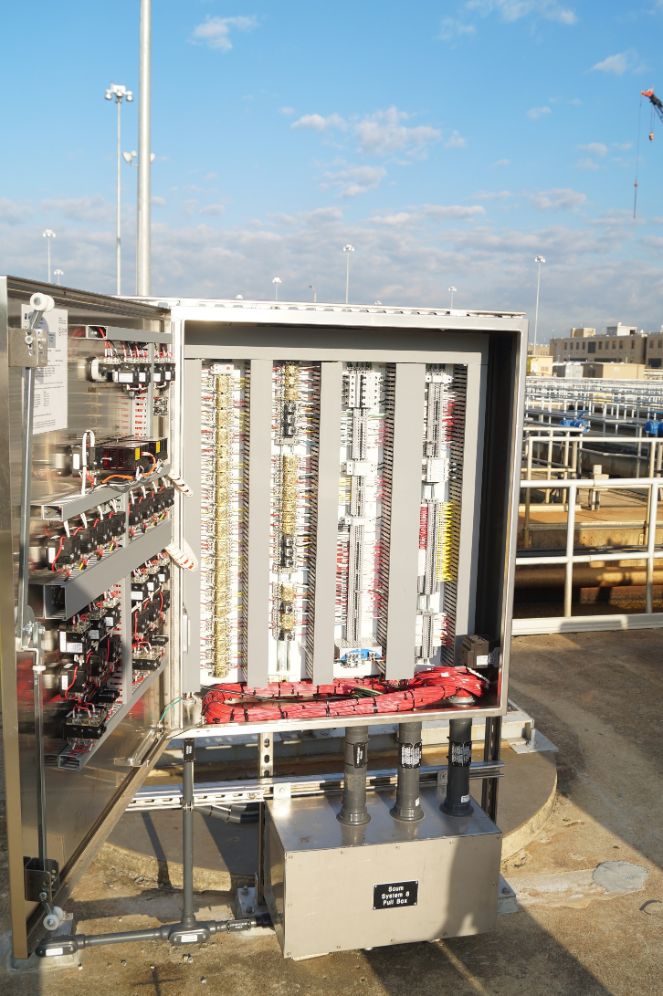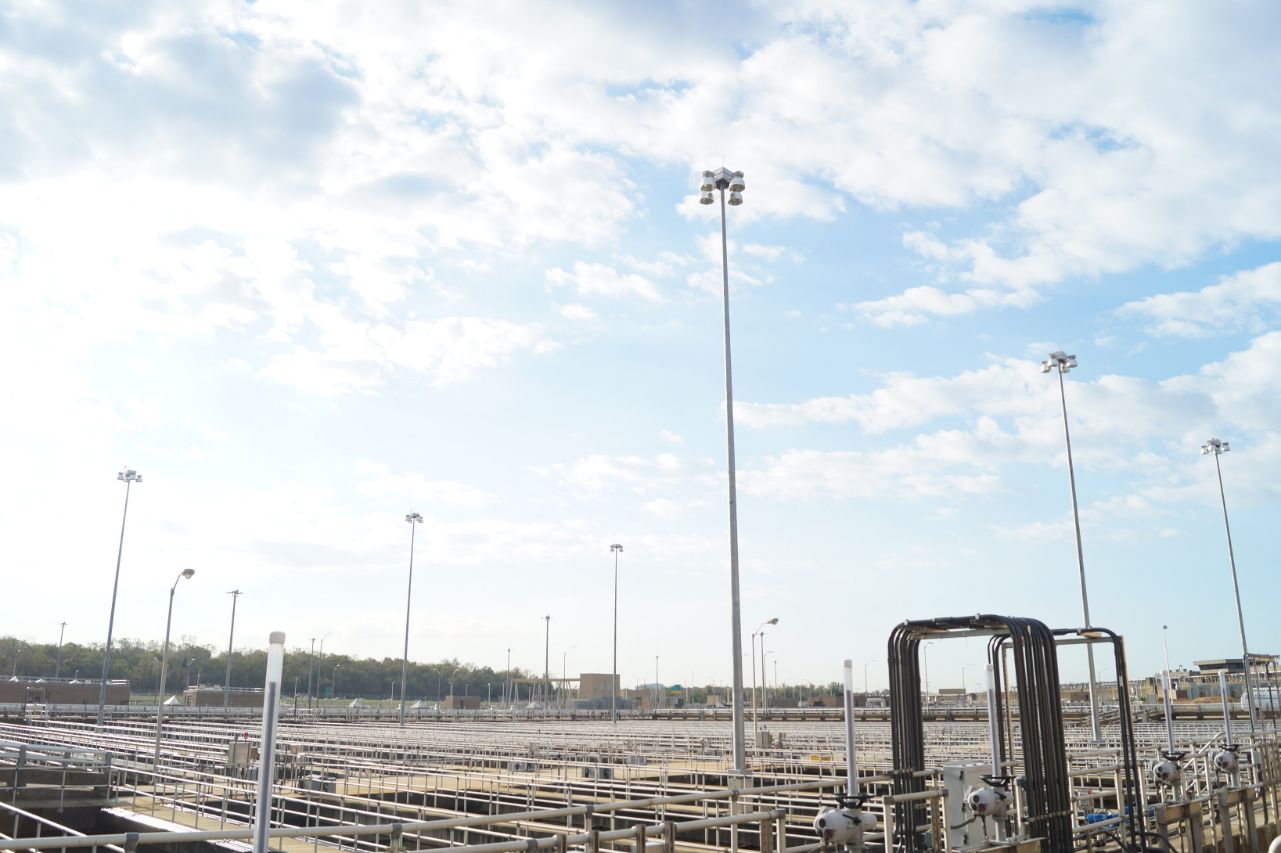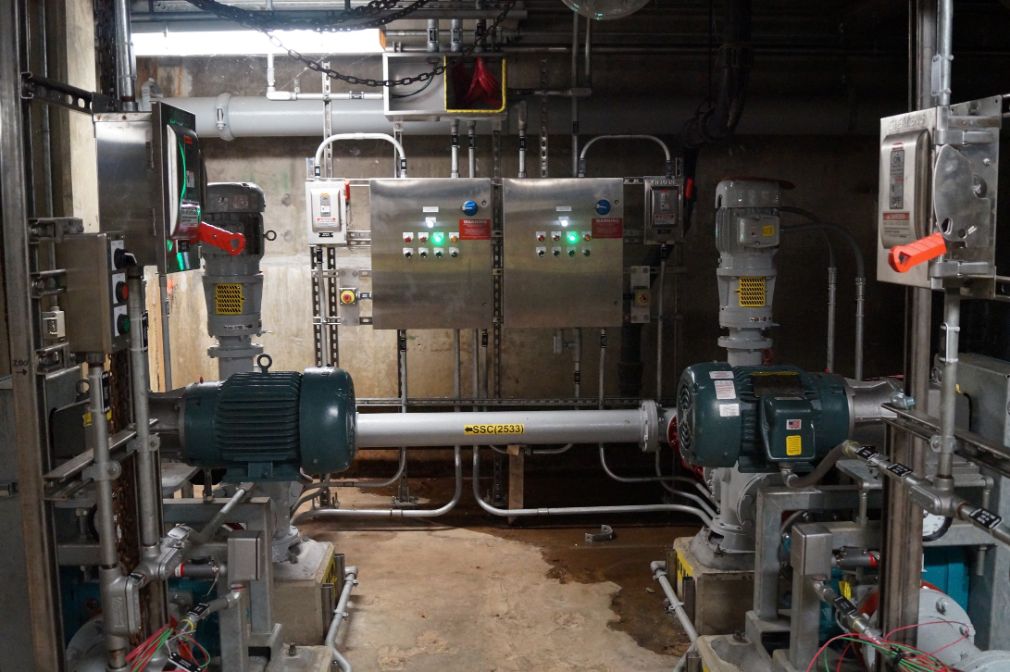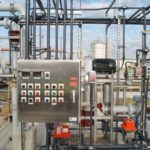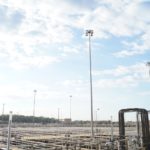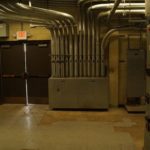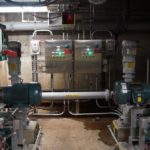The ENR North project site covered modifications to various processes: Dual Purpose Sedimentation, West Secondary Sedimentation, Secondary Reactors and East Secondary Sedimentation. This project was an especially difficult job in regard to instrumentation and control. There are 6 Blower systems, 6 Reactor Basins, 32 Sedimentation Basins, 11 Scum Systems, and 5 Foam Systems which all contain motorized gates, motorized valves, flow instruments, level instruments, pressure instruments, Variable Frequency Drives, and other miscellaneous instruments. All of these are remotely controlled and/or monitored by a centralized Process Control System. The systems alone are difficult, but when you add the hazardous classification, space constraints, extensive coordination, and multiple design changes (resulting in over 100 change orders), it was an especially difficult installation.
The scale of this project is massive. Spread out over the entire 28 acre site, some of the conduit runs and wire pulls were extremely long. The Owner required no splices in control wiring and some of the runs were over 1,100 feet. This required careful planning and meticulous execution to ensure a quality final installation. The total project had approximately 1.5 million feet of control wire in 121,000 feet of galvanized rigid and PVC coated galvanized rigid conduit with approximately 6,000 instrumentation and control terminations for the 10 discreet systems and processes comprised of 115 control panels, 550 instruments, and 147 motorized gates and valves. The conduit installation was extremely difficult in that it was done in existing buildings, galleries, and basins around existing work.
The power distribution was especially difficult because the work was spread out across such a large area and we had to fit our new installation within the confines of existing operating systems that had to be kept online. One of the most challenging aspects was replacing an existing outdoor substation with a new 2000A 5 kV to 480V substation and placing the new equipment in an existing concrete enclosure. This required using a 120-ton crane on an elevated roadway with extremely tight clearances. Singleton fabricated steel beams designed by a structural engineer to support the weight of the crane. We installed over 1.2 million feet of power wire ranging in size from #12 to 600KCMIL. We pulled, spliced, and terminated over 8,000 feet of 5 kV cable from existing manholes to the new substation, installed 490 disconnects, installed one new 600A 480V motor control center, and made modifations to 18 existing 480V motor control centers. Finally, Singleton installed 22 NEMA 12 distribution panelboards and 9 Automatic Transfer Switches.
One of the more challenging elements to this job was the site lighting which required us to install 49 two-piece 60’ high mast light poles to be installed across the entire site near basins, tanks, and reactors. We scheduled multiple site visits from various crane companies, all of whom stated that they cannot reach the pole bases with any size crane for all the poles except two. Therefore, our only other option was to use a helicopter.
This installation required us to submit multiple plans to the TSA, FAA, the DC Police and Fire Departments as well as the Coast Guard to receive their approvals due to the plant’s locations in D.C adjacent to Bolling Air Force Base. Once we received all the required approvals, we coordinated/submitted road closures, flight paths, and shutdowns to prevent unauthorized personnel from entering the areas where the poles were being installed. This was our number one safety concern during the entire process.

